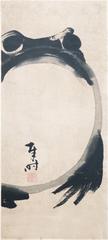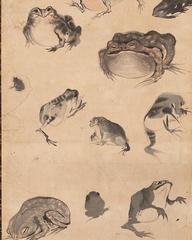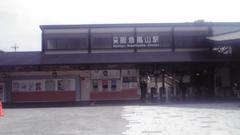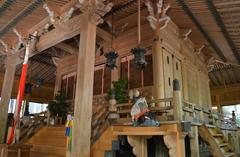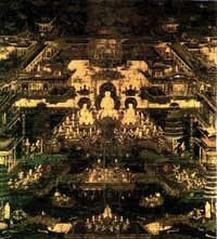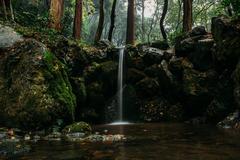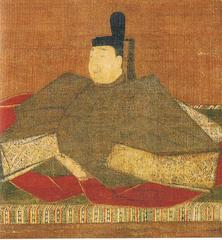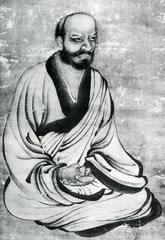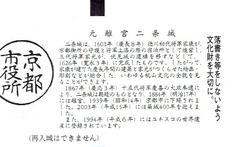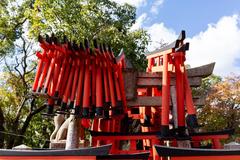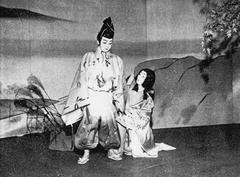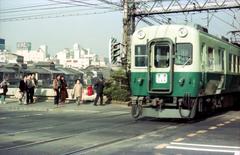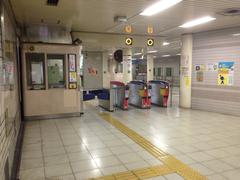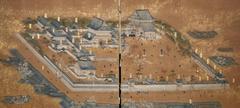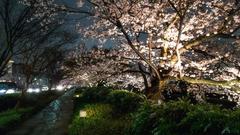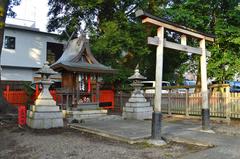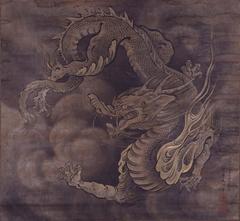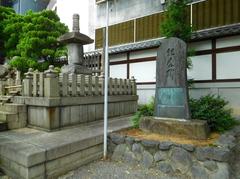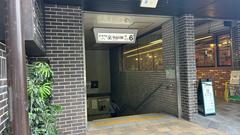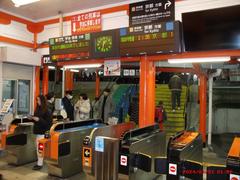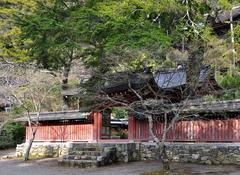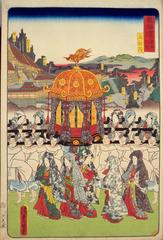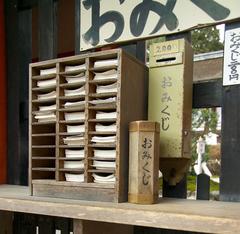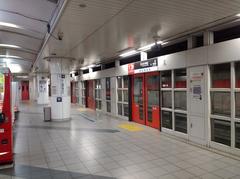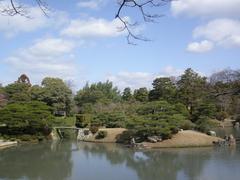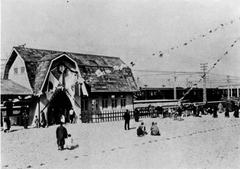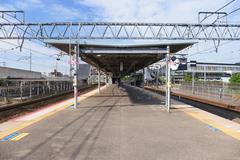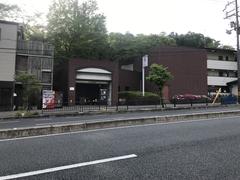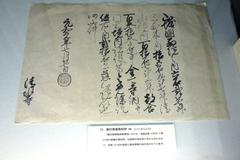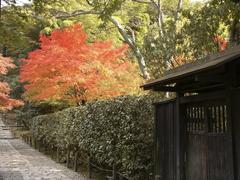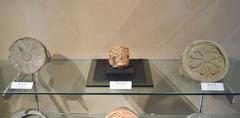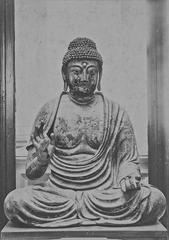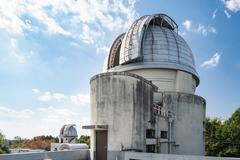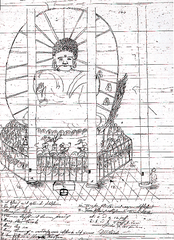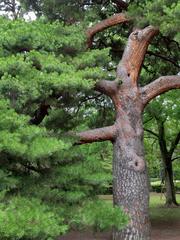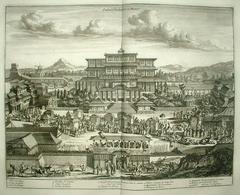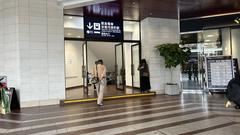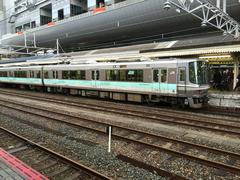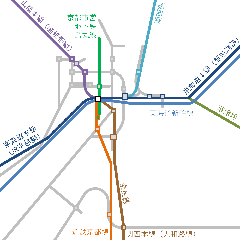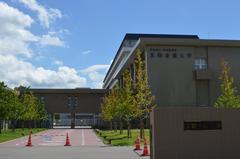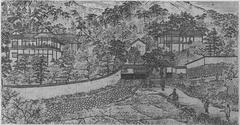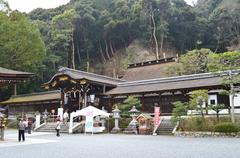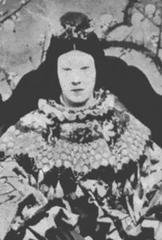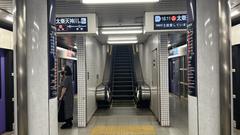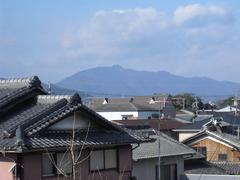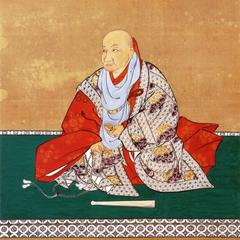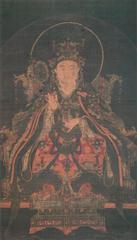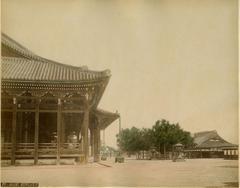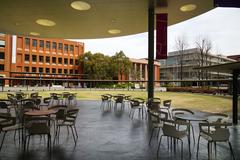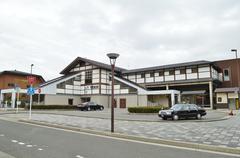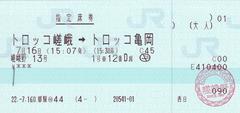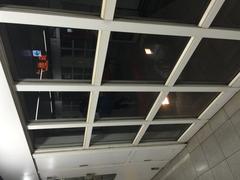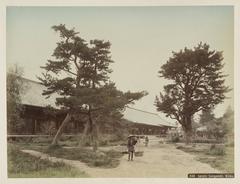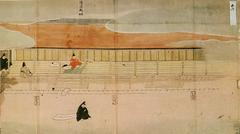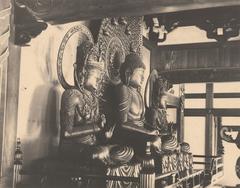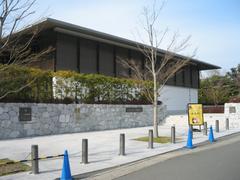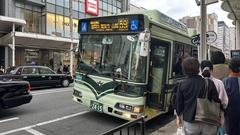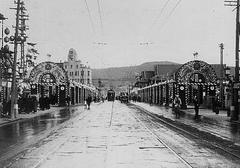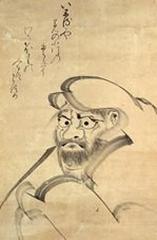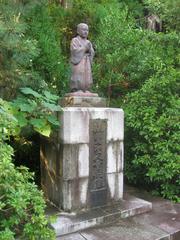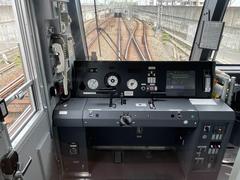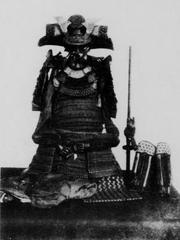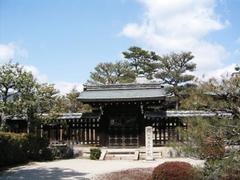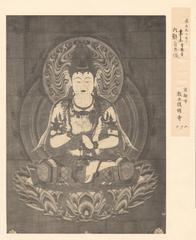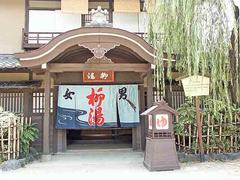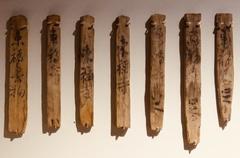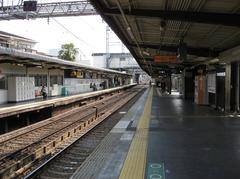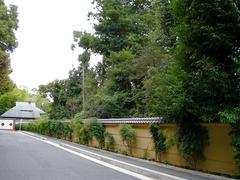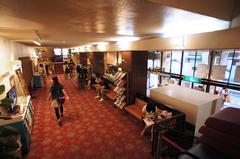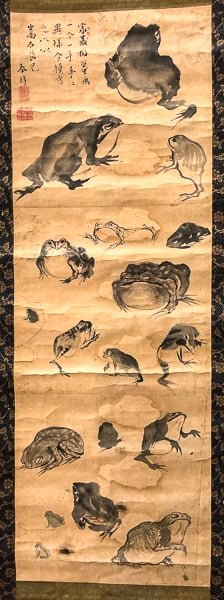
Saga Arashiyama Museum of Arts and Culture: Visiting Hours, Tickets, and Travel Guide to Kyoto Historical Sites
Date: 15/06/2025
Introduction
Situated in the picturesque Saga-Arashiyama district of Kyoto, the Saga Arashiyama Museum of Arts and Culture is a distinguished destination that seamlessly blends art, history, and the tranquil beauty of its natural surroundings. Established in 2019, the museum is dedicated to preserving and celebrating Kyoto’s rich cultural legacy, especially focusing on the Kyoto school of artists and the literary tradition embodied by the Ogura Hyakunin Isshu. Its modern architecture, inspired by traditional Japanese aesthetics, creates a harmonious space where visitors can engage with Japan’s artistic and poetic heritage while enjoying panoramic views of Arashiyama (Fukuda Art Museum Concept).
This comprehensive guide covers the museum’s origins, cultural significance, collection highlights, visiting hours, ticketing, accessibility, facilities, and nearby attractions, ensuring you are well-prepared for a rewarding visit.
History and Cultural Significance
Arashiyama’s Artistic Legacy
The Saga-Arashiyama district has been a center of artistic and cultural activity for over a thousand years. Favored by the Heian-period aristocracy for its scenic landscapes and peaceful atmosphere, Arashiyama inspired countless classical works of poetry and art. The area remains synonymous with the appreciation of natural beauty, particularly during cherry blossom and autumn foliage seasons (Bespes JT).
Foundation and Vision
The museum was founded to safeguard Kyoto’s artistic traditions and make them accessible to both Japanese and international audiences. Its collection, curated over 15 years and comprising approximately 1,800 works, emphasizes the Kyoto school of artists from the Edo period to the present. The museum’s founders envisioned it as a centennial institution that preserves both tangible and intangible cultural assets for future generations (Fukuda Art Museum Concept).
Architectural Philosophy
The museum’s architecture reimagines Kyoto’s traditional machiya townhouses in a contemporary context. The building features a water basin in the garden that mirrors the surrounding mountains and rivers, integrating the museum with its natural environment. Galleries designed like kura storehouses ensure optimal preservation of valuable works, while extensive glass walls provide framed views of the gardens, embodying the principles of shakkei (borrowed scenery) (Fukuda Art Museum Concept).
Exhibition Highlights
Japanese Art and the Hyakunin Isshu
A cornerstone of the museum’s identity is its dedication to the Ogura Hyakunin Isshu, an anthology of 100 waka poems that has profoundly shaped Japanese culture. The permanent exhibition introduces visitors to the poems, their historical context, and their enduring influence on literature and art. The anthology features works by renowned poets, including Murasaki Shikibu and Sei Shonagon, and is closely connected to the museum’s setting near Mt. Ogura (Japan Experience; Sagano Kanko).
Tradition Meets Modernity: The Nintendo Connection
The museum’s innovative spirit is exemplified by its collaboration with figures such as former Nintendo president Hiroshi Yamauchi and game producer Shigeru Miyamoto. Interactive exhibits, including Nintendo DS poetry games and animated floors, engage visitors of all ages and make traditional culture accessible to younger audiences (WhichMuseum).
Rotating and Collaborative Exhibitions
In addition to its permanent collection, the museum hosts special exhibitions in collaboration with institutions like the Fukuda Art Museum. These exhibitions explore diverse themes, from retrospectives on Kyoto master artists to showcases of bird-and-flower paintings (kachō-ga). Rotating displays ensure that each visit offers new insights into Japanese art (SAMAC Exhibition; Tokyo Art Beat).
Practical Visitor Information
Visiting Hours
- Open: Tuesday to Sunday, 10:00 AM – 5:00 PM (last admission at 4:30 PM)
- Closed: Mondays (or following day if Monday is a holiday), New Year holidays, and during exhibition changes (WhichMuseum).
Ticket Information
- Adults: ¥1,000–¥1,500 (varies by exhibition)
- University Students: ¥700–¥1,000
- High School Students and younger: Free or discounted
- Special exhibitions may incur additional fees.
- Purchase tickets onsite or via the official museum website.
Accessibility
- Fully wheelchair accessible (ramps, elevators, accessible restrooms)
- Multilingual signage and staff (Japanese, English, Chinese, Korean)
- Audio guides and large-print materials available upon request
Facilities
- Museum Shop: Art books, local crafts, exhibition merchandise
- Café: Seasonal Japanese sweets, matcha tea, and panoramic views of the Togetsukyo Bridge
- Tea Room: Traditional tea ceremonies (advance booking recommended)
- Cloakroom and Lockers: Available for personal belongings
- Free Wi-Fi: Throughout the museum
Directions and Transportation
- From Kyoto Station:
- JR Sagano Line: Ride to Saga-Arashiyama Station, then walk 10–15 minutes
- Subway + Randen Tram: Subway Karasuma Line to Uzumasa Tenjingawa Station, transfer to Randen Tram to Randen-Arashiyama Station, then a short walk (Kyoto Travel)
- By Bus: Kyoto City Buses serve the area, though delays are possible during peak seasons
- IC Cards: Use ICOCA, Suica, or PASMO for convenience
Best Times to Visit
- Weekdays: Early mornings or late afternoons for a quieter experience
- Cherry Blossom Season: Late March–early April (crowded but beautiful)
- Autumn Foliage: Mid-November–early December (stunning views, high visitor numbers)
Guided Tours, Events, and Educational Features
- Guided Tours: Available in English for groups by advance reservation
- Workshops and Cultural Events: Tea ceremonies, calligraphy, ikebana, and more (advance booking)
- Interactive Exhibits: Nintendo DS poetry games and karuta tournaments designed for all ages
Nearby Attractions and Suggested Itineraries
- Togetsukyo Bridge: Famous scenic spot over the Katsura River
- Arashiyama Bamboo Grove: Iconic walking path through bamboo
- Tenryu-ji Temple: UNESCO World Heritage Site
- Okochi Sanso Villa: Historic villa with exquisite gardens
Suggested Itinerary: Combine a museum visit with a morning stroll through the Bamboo Grove and a walk to Tenryu-ji Temple for a comprehensive cultural experience.
Frequently Asked Questions (FAQ)
Q: What are the museum’s visiting hours?
A: Open Tuesday–Sunday, 10:00 AM–5:00 PM (last entry 4:30 PM). Closed Mondays and certain holidays.
Q: How do I buy tickets?
A: Tickets are available at the entrance or online through the official website.
Q: Is the museum wheelchair accessible?
A: Yes, the museum is fully accessible.
Q: Are guided tours available?
A: Yes, for groups with advance reservation.
Q: Can children enjoy the museum?
A: Absolutely; interactive installations make it engaging for all ages.
Q: Can I take photos?
A: Photography is generally restricted inside galleries; check signage on-site.
Q: Is there parking?
A: Limited parking is available; public transport is recommended.
Tips for a Smooth Visit
- Check the official website before visiting for hours, ticketing, and special events (WhichMuseum).
- Reserve tickets in advance during peak seasons or for special exhibitions.
- Wear comfortable shoes for walking around Arashiyama.
- Adhere to museum etiquette: No food or drink inside galleries; silence mobile phones.
Visual and Media Suggestions
- Photography: Capture the museum’s garden in different seasons, panoramic café views, and architectural details.
- Alt Tags: Use descriptions such as “Saga Arashiyama Museum in autumn foliage,” “Hyakunin Isshu exhibition,” and “Visitors engaging with interactive displays.”
- Interactive Map: Display the museum’s location relative to nearby Arashiyama attractions for easy planning.
Summary and Further Exploration
The Saga Arashiyama Museum of Arts and Culture offers a multifaceted experience that fuses Kyoto’s artistic heritage with modern engagement. From its architectural harmony with the landscape to its celebration of Japanese poetry and innovative educational features, the museum is a highlight among Kyoto’s historical sites. Its strategic location near other renowned Arashiyama attractions makes it ideal for a rich, cultural itinerary. For an optimal experience, consult the museum’s official website, time your visit with the changing seasons, and explore interactive workshops and exhibitions (SAMAC Exhibition; Fukuda Art Museum).
Download the Audiala app for curated Kyoto travel guides, exhibition updates, and personalized tips. For more information about other historical sites and travel itineraries in Kyoto, explore our related articles and follow us on social media.
External References
- Fukuda Art Museum Concept
- Japan Experience
- Arashiyama Travel Guide
- WhichMuseum
- SAMAC Exhibition
- Wikipedia
- Sagano Kanko
- Tokyo Art Beat

